Washington State is encountering fresh complications in its COVID-19 vaccination campaign, particularly with the introduction of an updated seasonal vaccine formulation. As federal delays, supply constraints, and policy changes ripple through local health systems, state and local officials are scrambling to smooth out access and build public confidence.
What’s Going Wrong
Several factors have converged to create obstacles:
- Delayed vaccine supply & approvals: Many clinics and pharmacies have had to postpone their updated COVID-19 vaccine orders due to slower than expected federal approval and delivery of new vaccine doses. This leaves gaps in availability at critical times.
- Changing eligibility and cost confusion: Earlier years saw broad eligibility and free vaccination programs. But recent federal policy shifts have created uncertainty over who is eligible for the newest shots and whether they will still be covered at no cost, especially for uninsured individuals.
- Communication breakdowns: Some residents report mixed messaging from health providers about when the updated vaccine will arrive, how much it will cost (if at all), and whether they should wait or get current formulations now.
- Provider hesitancy: A number of smaller clinics, pharmacies, and rural health systems are reluctant to order large stocks of the new vaccine until eligibility and reimbursement rules are fully clarified, creating patchy geographic coverage.
These issues combine to slow uptake, increase public frustration, and risk leaving the most vulnerable populations underprotected heading into the fall and winter season.
How Washington Is Responding
State and local health authorities are actively working on multiple fronts to address these challenges:
1. Prioritizing vulnerable groups
Washington health officials are advocating that older adults, immunocompromised residents, and people with chronic health conditions get early access to the updated vaccine once it arrives. These groups carry the highest risk for severe COVID complications.
2. Leveraging established infrastructure
Existing public health departments, community clinics, and mass vaccination sites are being tapped to serve as distribution hubs for the updated vaccines. Officials are pushing to ensure that when supply arrives, the infrastructure is in place to scale quickly.
3. Insurance and cost coverage assurances
The state is coordinating with insurers and federal funding programs to guarantee that uninsured and underinsured people can receive the vaccine at low or no cost—at least during the transition period. Clear guidance is being distributed to providers to prevent surprise billing.
4. Public awareness and education campaigns
Health agencies are launching communications to reassure the public about the vaccine’s safety, its importance in mitigating severe disease, and to clarify when and how people can get it. Prominent messaging aims to reduce hesitation born from confusion, delays, or mistrust.
5. Strategic stockpiling & phased rollout
Rather than flooding the state with supply at once, officials are planning phased distribution. That allows more controlled rollout—first in urban centers, then regional areas—with adjustments as uptake and logistical challenges become evident.
What This Means for Residents
For Washington state residents, the unfolding situation has several practical implications:
- Check with your provider frequently: Because vaccine availability varies, it’s wise to contact your local clinic or pharmacy regularly to see when the updated vaccine is offered.
- Don’t delay if eligible: If you fall into a priority group (e.g. older adult, immunocompromised), being among the first to receive the updated shot can reduce your risk of severe infection.
- Stay alert to announcements: Local public health departments will likely issue notices about clinic schedules, eligibility windows, and mobile vaccination events.
- Trust the process: Though the delays and confusion are frustrating, the systems being put in place aim to balance equity, safety, and efficiency.
A Balancing Act
Washington’s COVID-19 vaccine rollout in 2025 illustrates how even well-resourced states can stumble amid shifting federal policies, supply chain constraints, and public communication challenges. But by mobilizing existing health infrastructure, prioritizing vulnerable populations, and clarifying cost and eligibility, state officials are striving to keep the program on course.
As the updated vaccine becomes more broadly available, the success of the rollout will depend heavily on how well these fixes are implemented—and on maintaining public trust during a time of uncertainty.

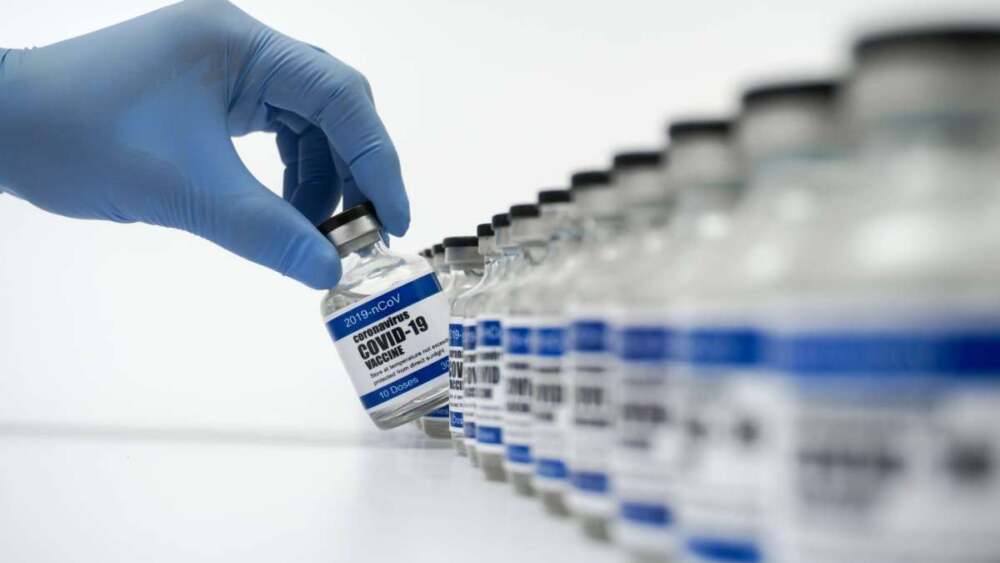
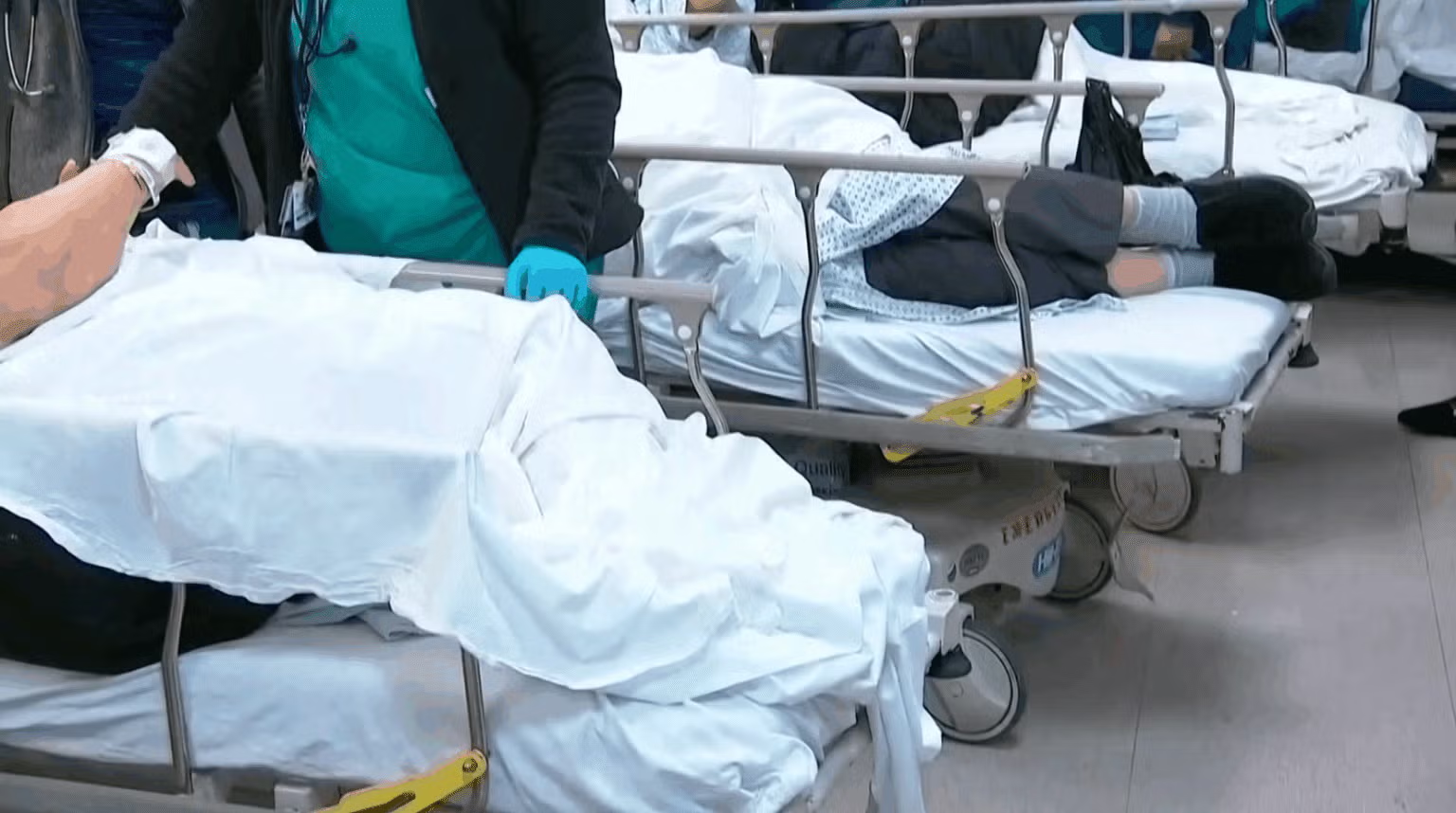

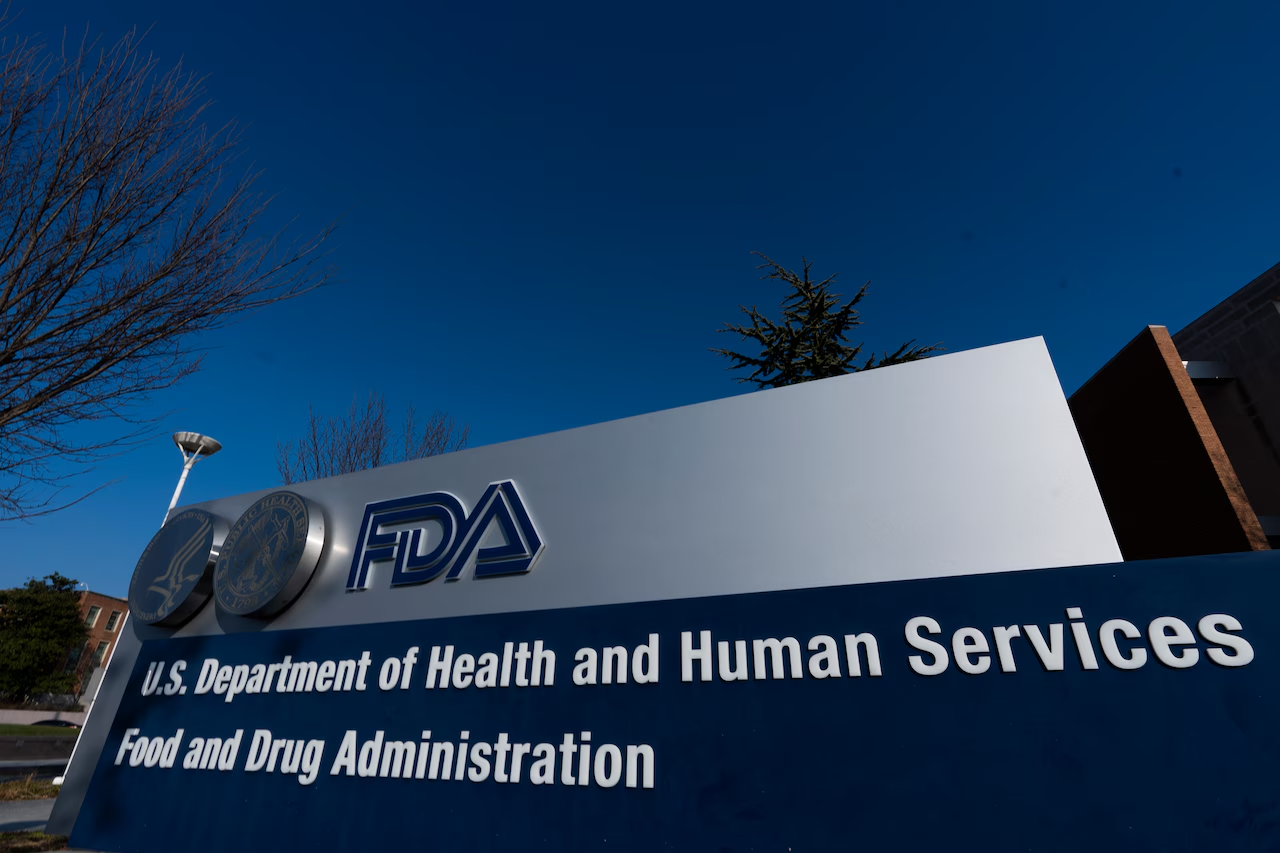
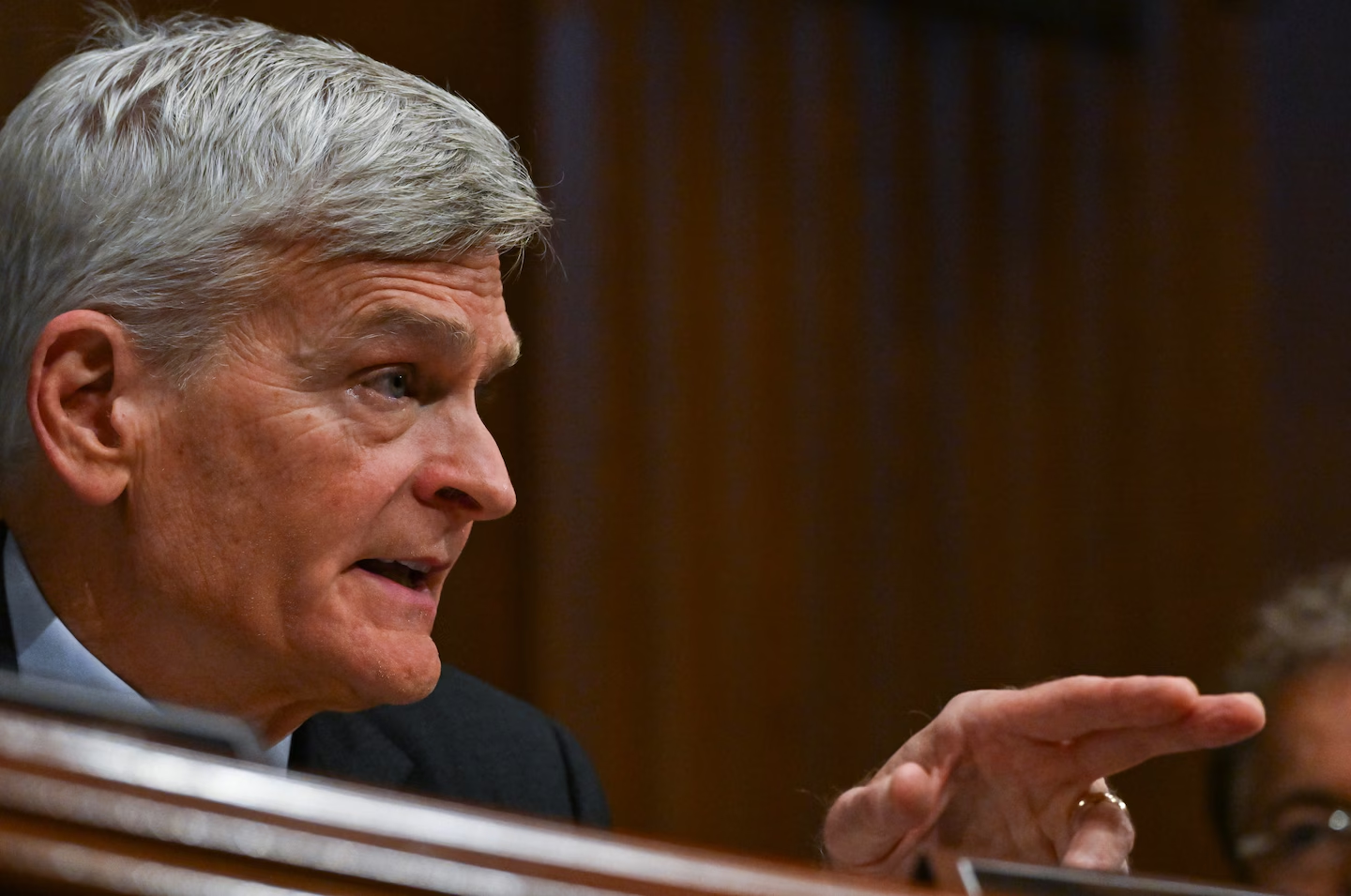
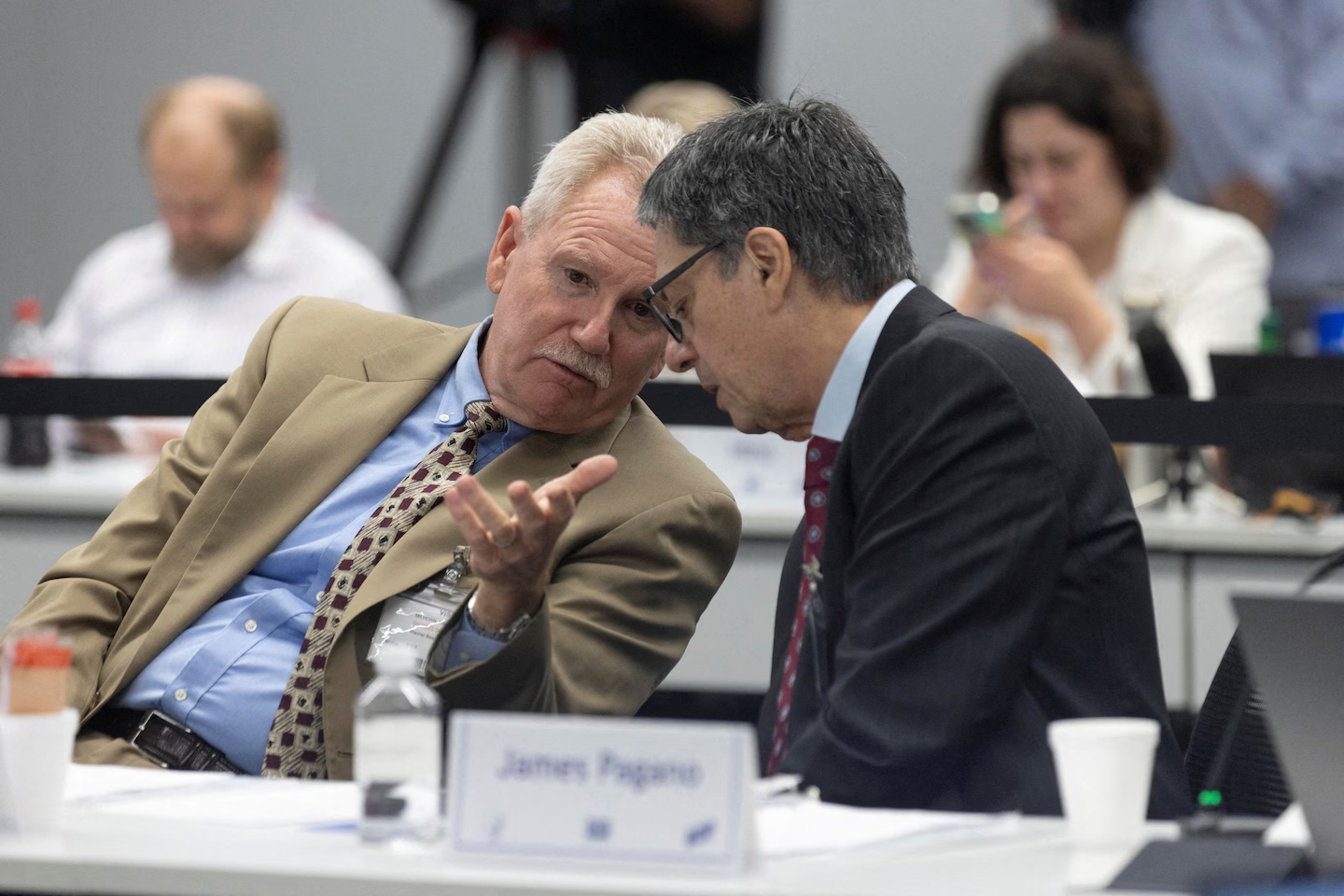
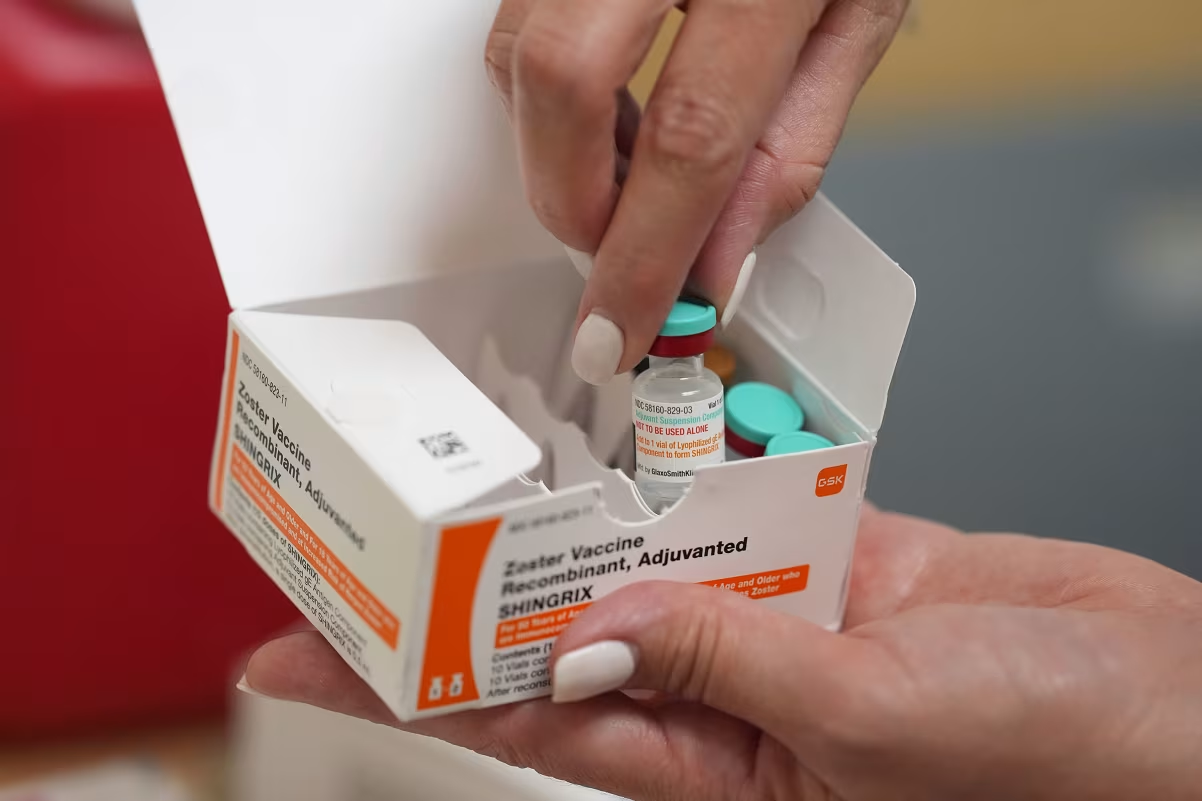
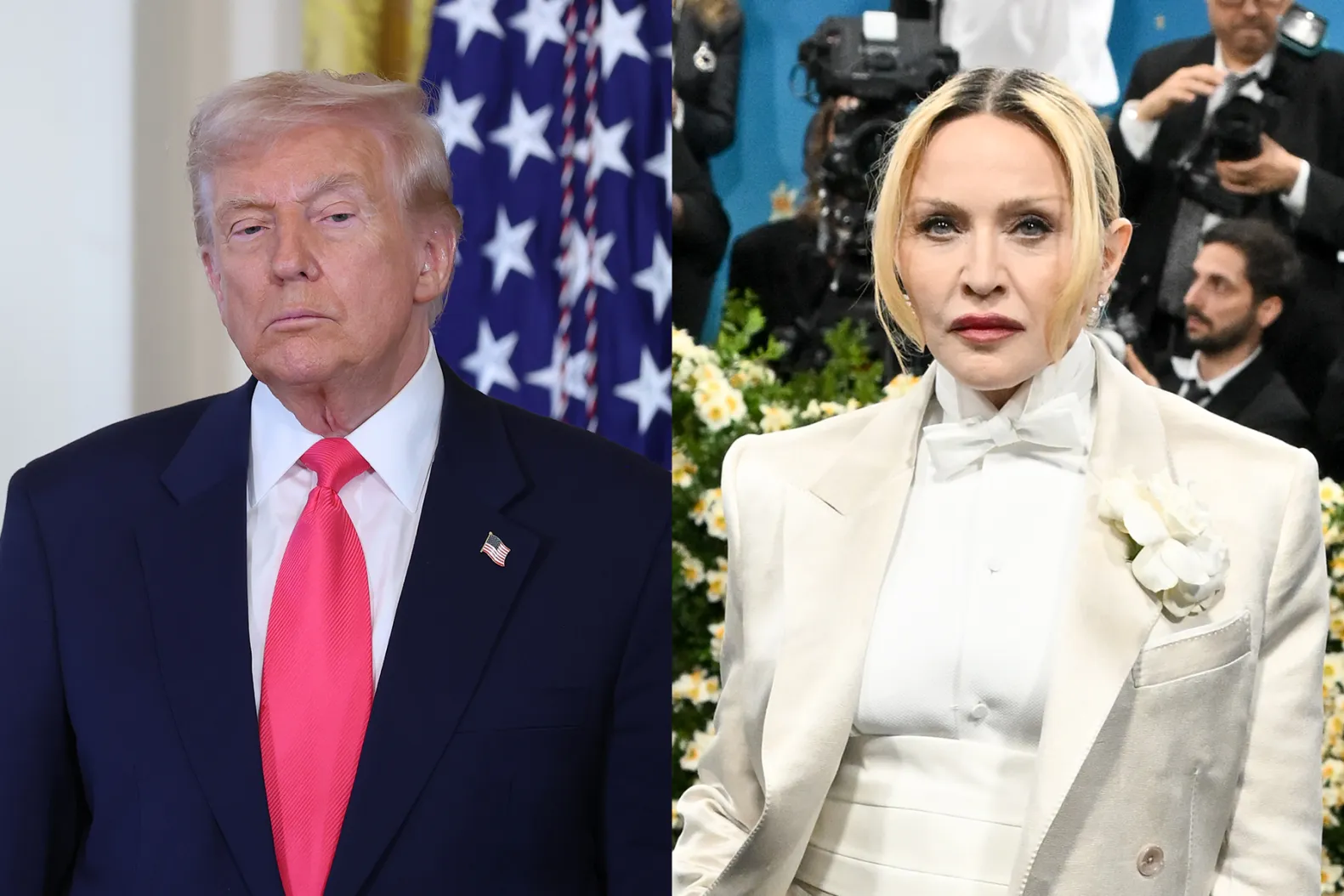
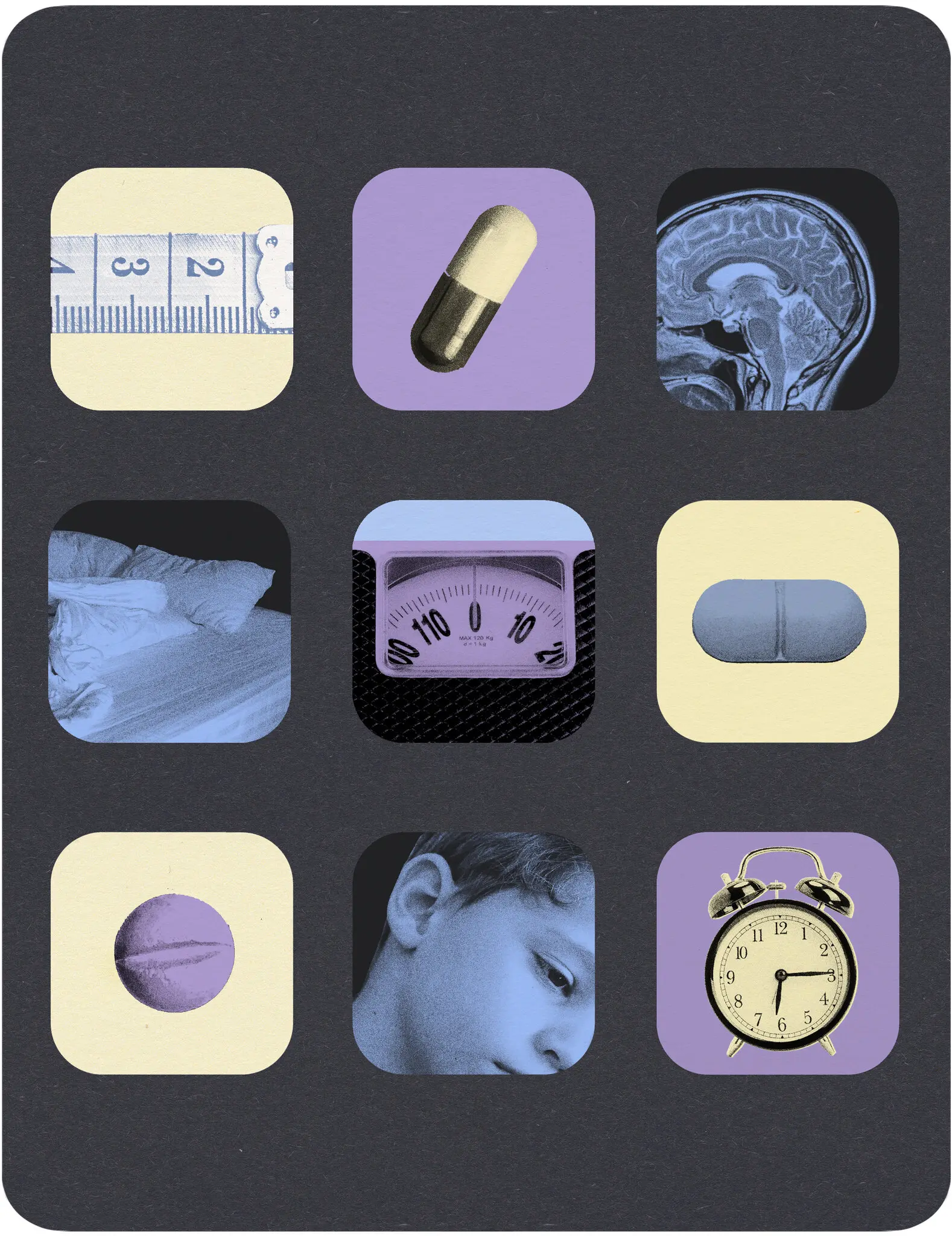
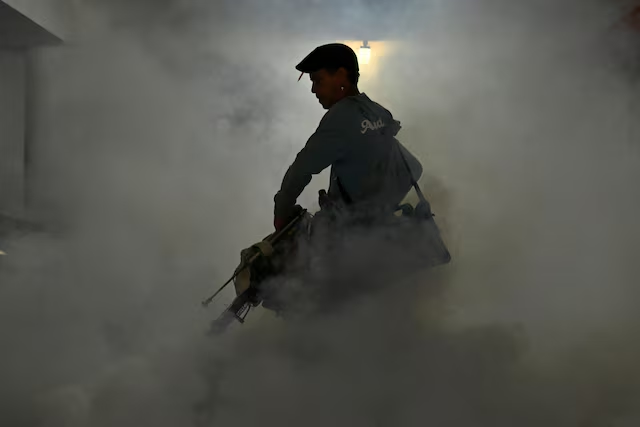


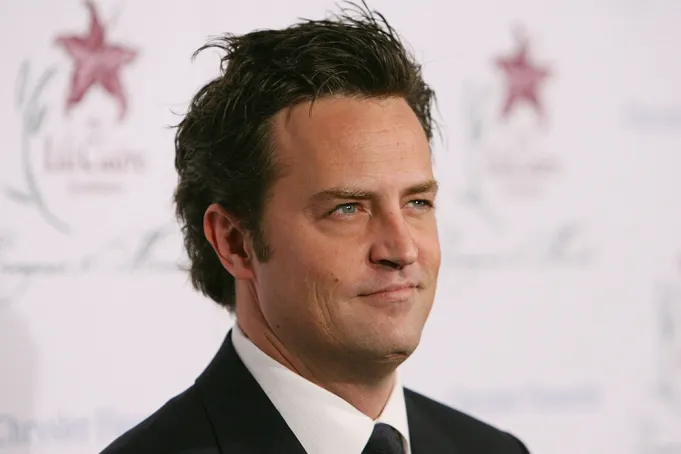

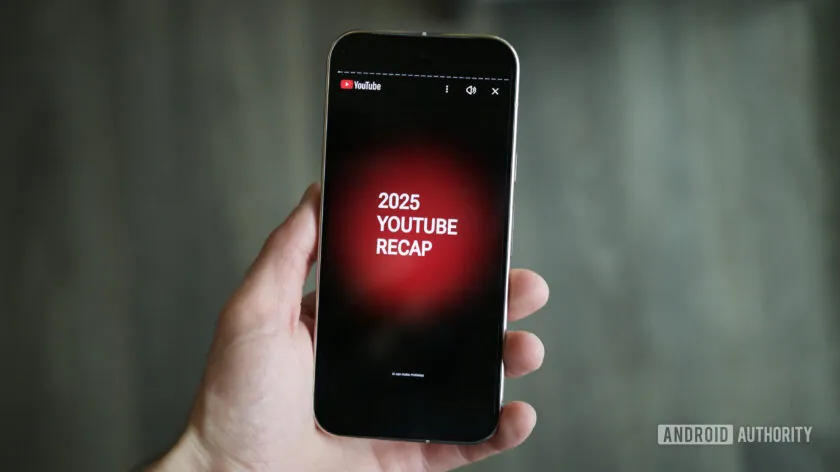
Leave a Reply